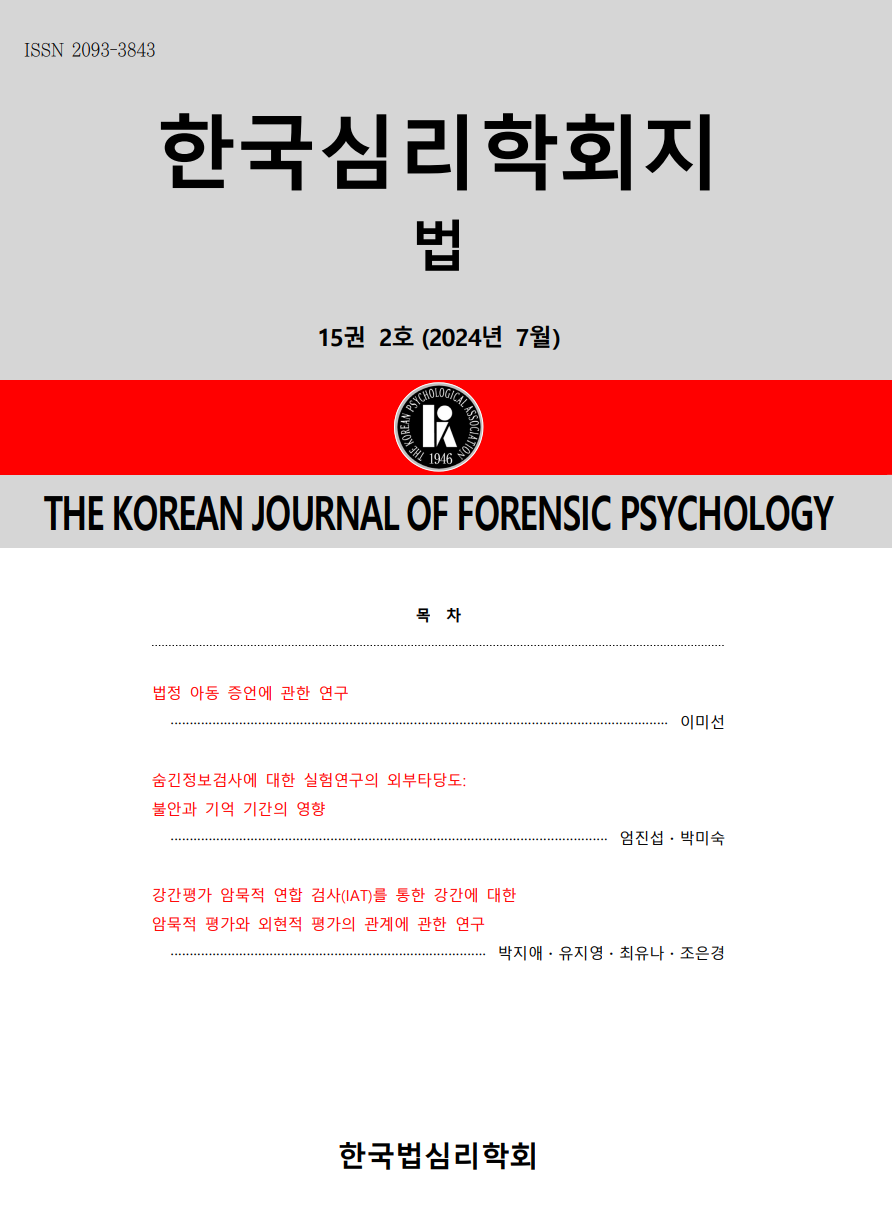open access
메뉴
open access
메뉴 ISSN : 2093-3843
ISSN : 2093-3843
The objectives of this study are to analyze variety of family and social environmental factors of youths under protective supervision and compare main causes for cases that ended up with protective supervision, added factors for protective supervision, factors associated to protective supervisor, intervention to protective supervision and factors for criminal records and thereby find out most suitable plans to prevent second offense. After reenactment of juvenile law in 2008, the subjects for protective supervision are in increase due to merging of youths, diverse added legal disposition and declining of age for application of juvenile law, and due to such factors, second offense is also in increase. For boys, second offense was at 9% in 2008 but it increased to 11.3% in 2009 and 10.6% in 2010. Also, because second offense among youths under protective supervision is higher than the adults by factor of 2.5, the need for study to systematically analyze characteristics of second offenders and establish plans to prevent such second offenses. Tradition studies in second offenses either did not establish groups for comparison nor had credibility or suitability issues when extracting samples while collecting information on non-second offenders. So their usage as supporting information was low in terms of establishing plans to prevent second offence etc. Through comparatively analyzing against non-second offenders in terms of environmental characteristics of youths under protective supervision, level of intervention in protective supervision etc, this study was prepared to define factors behind second offenses, start protective supervision programs that reflects characteristics of second offenders and establish effective measures to prevent second offenses.